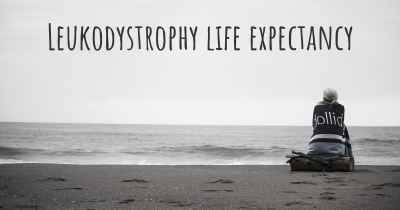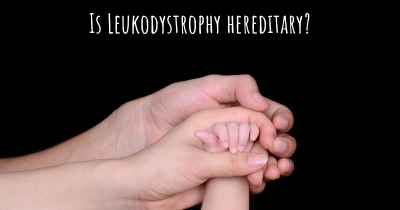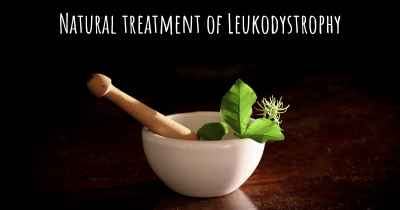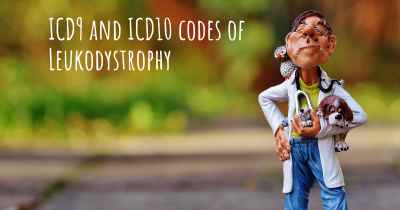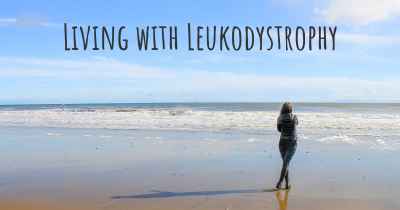Is it advisable to do exercise when affected by Leukodystrophy? Which activities would you suggest and how intense should they be?
See if it is advisable for people with Leukodystrophy to practice sports and which ones are the most recommended if you have Leukodystrophy
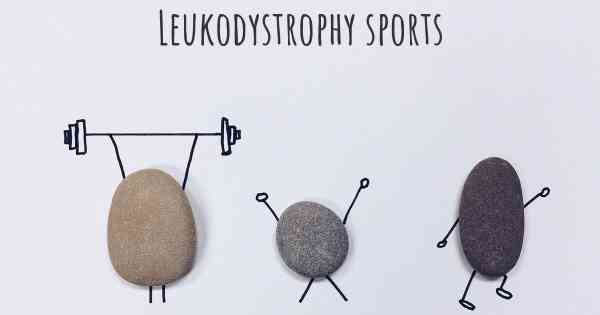
Is it advisable to do exercise when affected by Leukodystrophy?
Leukodystrophy is a group of rare genetic disorders that affect the white matter of the brain. These disorders can lead to a variety of symptoms, including motor and cognitive impairments. While exercise is generally beneficial for overall health and well-being, it is important to approach exercise with caution when dealing with a condition like Leukodystrophy.
Benefits of Exercise for Individuals with Leukodystrophy
Engaging in appropriate exercise can have several potential benefits for individuals affected by Leukodystrophy:
- Improved muscle strength and flexibility: Regular exercise can help maintain and improve muscle strength, which is particularly important for individuals with motor impairments associated with Leukodystrophy. Stretching exercises can also help improve flexibility and range of motion.
- Enhanced cardiovascular health: Cardiovascular exercise, such as walking or cycling, can improve heart and lung function, which is important for overall health and stamina.
- Psychological well-being: Exercise has been shown to have positive effects on mental health, reducing symptoms of anxiety and depression. It can also provide a sense of accomplishment and improve self-esteem.
- Improved cognitive function: Some studies suggest that exercise may have a positive impact on cognitive function, including attention, memory, and executive functioning. However, more research is needed to fully understand the relationship between exercise and cognitive abilities in individuals with Leukodystrophy.
Choosing the Right Activities
When considering exercise for individuals with Leukodystrophy, it is crucial to select activities that are safe and appropriate for their specific condition. Here are some recommendations:
- Consult with a healthcare professional: Before starting any exercise program, it is important to consult with a healthcare professional who is familiar with the individual's medical history and specific needs. They can provide guidance on suitable activities and any precautions that need to be taken.
- Focus on low-impact exercises: Low-impact exercises are generally safer and gentler on the joints and muscles. Examples include walking, swimming, stationary cycling, and gentle stretching.
- Adapt exercises to individual abilities: It is essential to tailor exercises to the individual's abilities and limitations. This may involve modifying movements, using assistive devices, or incorporating adaptive equipment.
- Consider supervised exercise programs: Participating in supervised exercise programs, such as physical therapy or adaptive sports programs, can provide additional support and ensure exercises are performed correctly and safely.
Exercise Intensity
The intensity of exercise should be determined on an individual basis, taking into account factors such as overall health, physical abilities, and any specific limitations or medical considerations. It is generally recommended to start with low to moderate intensity exercises and gradually increase intensity as tolerated.
Important Considerations
While exercise can be beneficial for individuals with Leukodystrophy, it is crucial to keep the following considerations in mind:
- Individual limitations: Each person with Leukodystrophy may have unique limitations and challenges. It is important to respect these limitations and avoid pushing beyond what is safe and comfortable for the individual.
- Monitoring for fatigue: Individuals with Leukodystrophy may experience fatigue more easily. It is important to monitor for signs of fatigue during exercise and adjust intensity or duration accordingly.
- Regular breaks: Taking regular breaks during exercise sessions can help prevent overexertion and allow for adequate rest.
- Hydration and temperature regulation: Individuals with Leukodystrophy may have difficulty regulating body temperature. It is important to stay hydrated and exercise in a comfortable environment to avoid overheating.
Conclusion
While exercise can have numerous benefits for individuals with Leukodystrophy, it is essential to approach it with caution and tailor activities to the individual's abilities and limitations. Consulting with a healthcare professional and considering supervised exercise programs can provide valuable guidance and support. By engaging in appropriate exercise, individuals with Leukodystrophy can potentially improve their physical and mental well-being, enhance muscle strength and flexibility, and maintain overall health.
Posted Aug 6, 2017 by cjackson1982 1500
Posted Aug 7, 2017 by Todd 2340
